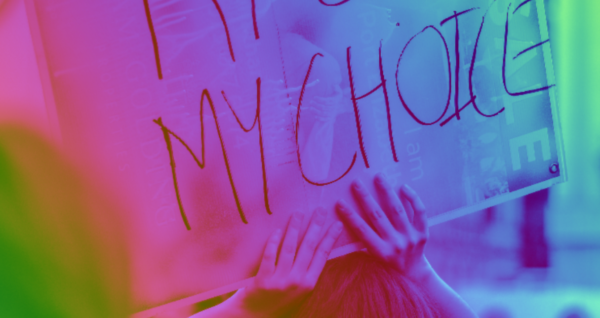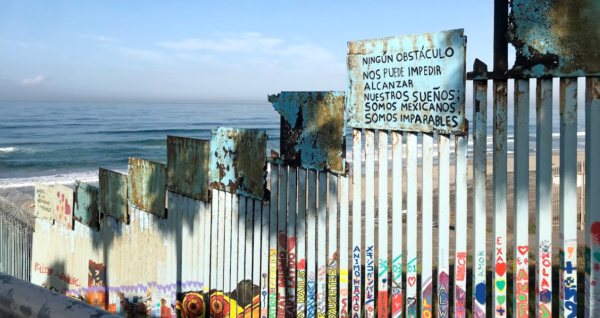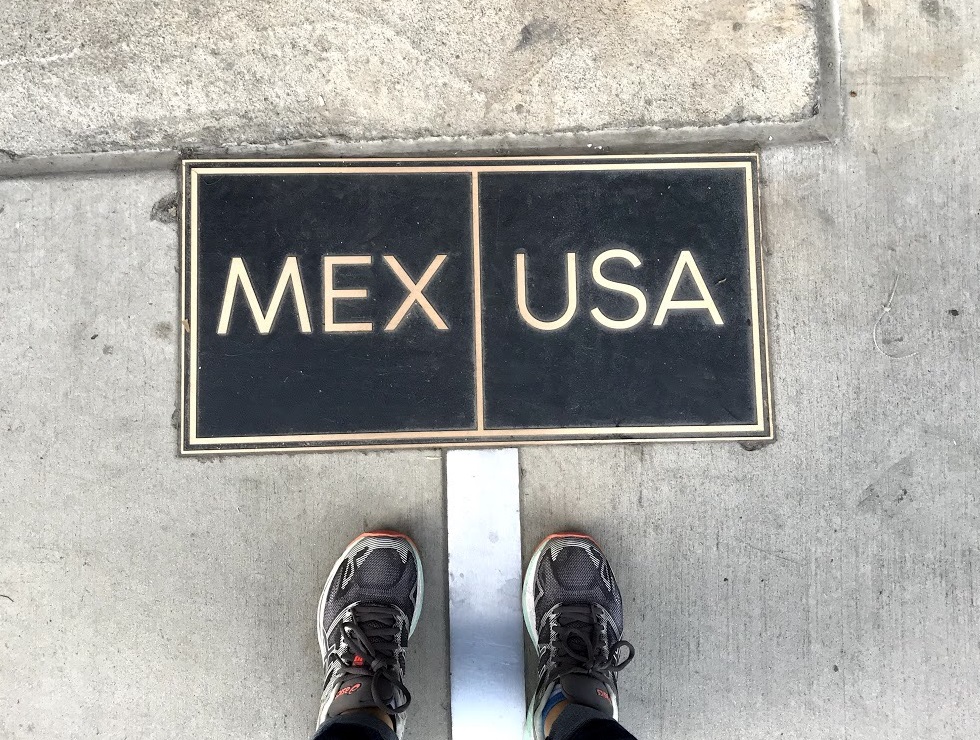GET HELP DONATE
Last summer, New Yorkers were rattled by the devastating, senseless murder of Azsia Johnson — a 20-year-old victim of domestic violence who was shot while walking her three-month-old baby on the Upper East Side.
Contrary to initial speculation, this was not a random killing — a few days after the shooting, the child’s father was arrested and charged with Azsia’s murder. According to her mother, Azsia’s ex-boyfriend physically abused her while pregnant with their child and continued to stalk and threaten her for months. Though shocking and infuriating, Johnson’s case is sadly just one of many instances of fatal violence against women.
Femicide is prevalent in the U.S.
In the United States, femicide — the gender-based killing of women — is often thought of as an issue affecting low-income countries. This could not be further from the truth; of all femicide cases in high-income countries, 70% occur in the U.S.
To put that into perspective, on a global scale, the U.S. ranks 34th for intentional female homicides at a rate of 2.6 killings per 100,000 women.

Moreover, in the US, almost three women are killed by an intimate partner every day. Just as in the case of Aszia Johnson, women in the U.S. are predominantly killed by men they know, and largely by current or former intimate partners. Of all intimate partner female homicides in 2018, 92% of victims were killed by a man they knew, and 63% were killed by current husbands, boyfriends, or ex-husbands.
These staggering statistics demonstrate the misogyny behind these violent deaths — In the United States, like in so many countries across the world, women are being murdered because they are women.
The link between gender and violence in the U.S. becomes even more apparent when looking at the demographics of male homicides. Men are significantly more likely to be killed by a stranger than women; strangers kill 29% of male homicide victims compared to only 10% of female victims. And while it is true that some men are murdered by their female partners, intimate partner violence accounts for only about 5% of male homicides. Too often, these occur in the context of women acting in self-defense against their abusive male partners.
Furthermore, when compared to male homicides, femicides tend to be more violent and intimate in nature — women are less likely than men to be killed in a shooting, but more likely to be beaten, stabbed, or strangled.
Trans women and women of color face a disproportionate risk
When considering femicide and its implications, we must acknowledge the barriers and disparities affecting marginalized women and how these increase the risk of violence.
Though femicide is a pervasive problem for all women, the reality for women of color is even bleaker — men are murdering Black women and girls at a rate almost three times higher than white women. For indigenous women and girls, the homicide rate is six times higher than it is for their white counterparts, and current or former partners are responsible for 94% of those homicides. Despite being murdered at higher rates, Black and brown murdered and missing women are not receiving the same media attention and resources as white women.

The transgender community is also profoundly affected by femicide, especially trans women of color. 2021 was the deadliest year globally for murders of trans people, and 96% of those victims were trans women or transfeminine people. Of the known cases of anti-trans murders from 2013-2018, approximately 1 in 6 are suspected of having been committed by an intimate partner.
A variety of factors contribute to the disproportionate violence against trans women. With trans people experiencing police violence at a 3.7 times higher rate than cisgender survivors, trans women may be hesitant to come forward and report abuse due to institutionalized transphobia within law enforcement and the criminal justice system. Moreover, they may be wrongfully denied treatment or service at domestic violence shelters because of their gender identity — according to the 2015 U.S. Transgender Survey, 22% of trans people were verbally harassed, physically attacked, or denied equal treatment or service at a domestic violence shelter or rape crisis center.
Abusers may take advantage of the unique struggles trans women face and use coercive control to maintain power and manipulate their victim, such as; threatening to “out” them, telling them they are not a “real” woman, withdrawing hormones and medication, or threatening to call the police on them. Additionally — with nearly one-third of trans people experiencing homelessness — trans women may be financially dependent on their abuser and, as a result of discrimination, lack the family support necessary to leave an abusive relationship.
Together, these factors perpetuate a cycle of violence where trans survivors are continuously silenced by societal and institutional transphobia.
Gun violence & other risk factors
The number of women killed in the U.S. is steadily rising— 2,997 women were murdered in 2019 compared to 1,691 women in 2014.
Firearms significantly contribute to the fatality of crimes related to intimate partner violence. Abusers with guns are 5 times more likely to kill their victims. Every month, an average of 70 women in the U.S. are shot and killed by an intimate partner.
While intimate partner violence is a global issue, the intersection between gun violence and intimate partner violence is uniquely American. In 2015, 92% of all women killed with guns in high-income countries were from the United States.
Undeniably, allowing abusers access to firearms dramatically increases the fatality of attacks against women. Simply owning a gun makes an abuser five times more likely to kill their partner, and using one to threaten or assault their partner makes the victim’s risk of being killed 20 times higher.
There are a variety of other factors that can increase the risk of femicide. Physically-abused women who are also suffering sexual violence are more than seven times more likely than other abused women to be killed; women who have been choked by their partner are seven times more likely to be killed than other abuse victims. Ultimately, the more red flags are present, the higher the risk of femicide.
Recognizing these early warning signs is crucial in preventing femicide. Nonetheless, a 2022 investigation shows that law enforcement agencies continuously ignore and dismiss red flags in domestic abuse cases due to insufficient training on identifying red flags, underusing lethality assessments, and lack of follow-through.
Femicide in the United States cannot remain a silent epidemic — we must raise awareness, identify red flags early, and take action to prevent and decrease violent crimes against women.
You are not alone
If you or someone you know is experiencing abuse, please do not hesitate to reach out to us for help. Sanctuary’s services are free and available to all survivors living in New York City, regardless of gender, sexual orientation, age, disability, marital or immigration status.
Our services include:
GET HELP
DONATE








